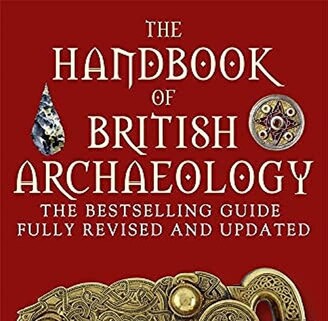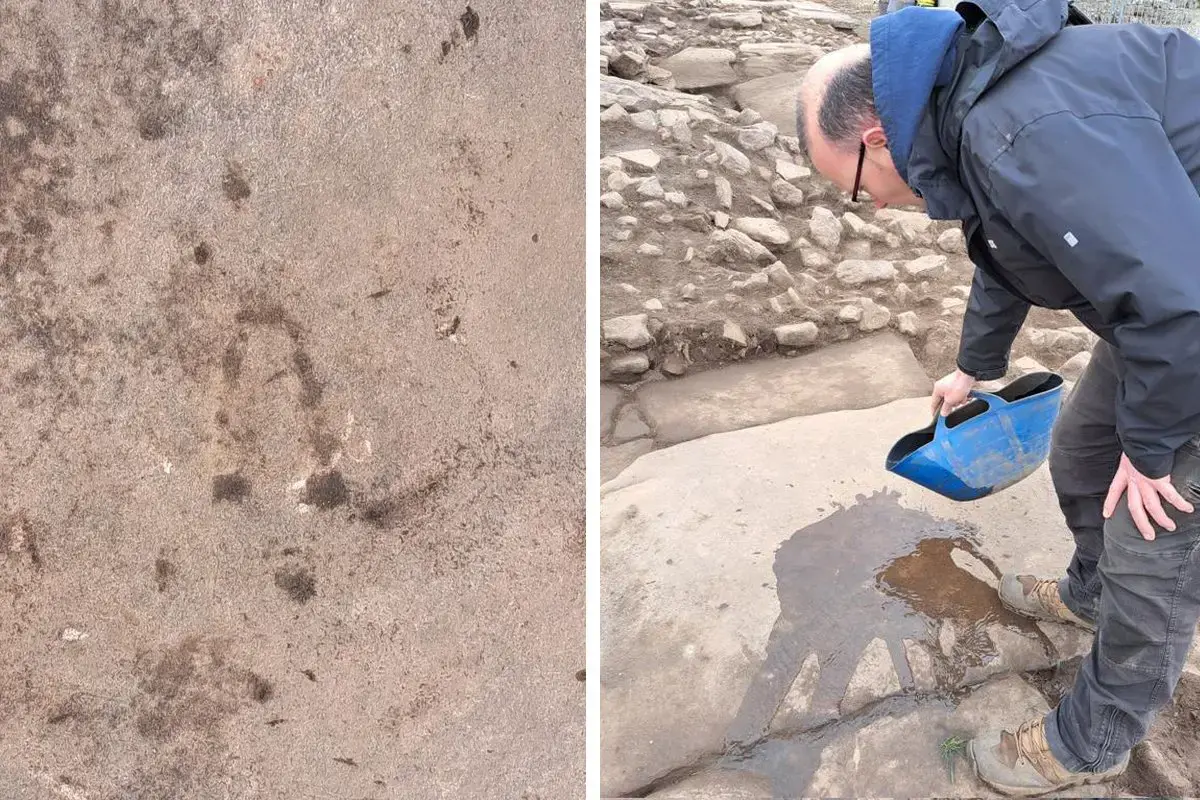- cross-posted to:
- andfinally@feddit.uk
- cross-posted to:
- andfinally@feddit.uk
Vindolanda (translated as “white field” or “white moor”) was a Roman auxiliary fort that guarded a major highway called the Stanegate.
No less than nine forts were built of timber or stone at Vindolanda from between AD 85 to AD 370, creating one of the most complex archaeological sites in Britain and a unique cultural legacy of frontier life.
…
During the latest season of excavations, a possible phallus symbol has been uncovered in the last remaining turfed area within the boundaries of the fort. The symbol is carved into a stone slab and could be a depiction of a fascinus, used to invoke divine protection.
Phallic imagery can be found across the Roman world in sculptures, mosaics, frescoes, and portable objects such as pendants or bulla.
The Roman’s believed that the phallus was the embodiment of a masculine generative power, and was one of the tokens of the safety of the state (sacra Romana) that gave protection and good fortune.
Along the corridor of Hadrian’s Wall, there are 59 known phalli which consist of incised, relief, or sculpture phalli. Each architectural type of phalli have been grouped into one of nine morphological traits: the rocket, the hammer, the kinky-winky, the splitcock, the pointer, the double-dong, running hard, the beast, and the lucky dip.


